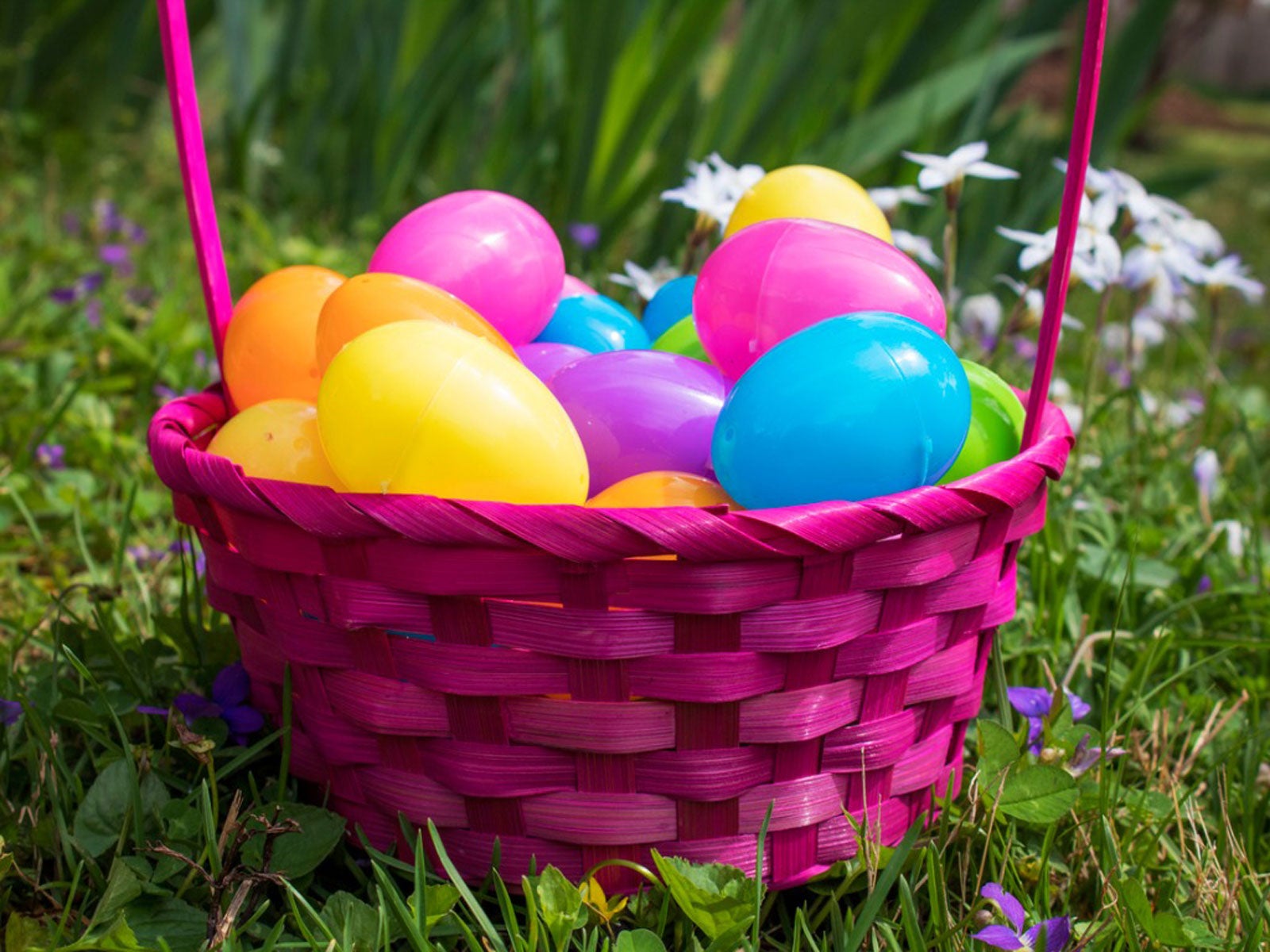
The tradition of Easter morning “egg hunts” with children and/or grandchildren can create treasured memories. Traditionally filled with candy or small prizes, these little plastic eggs bring joy to little ones. However, the recent shift in thinking regarding one-use plastics has some people imagining new and inventive ways to utilize things like these cute, plastic eggs.
While reusing plastic Easter eggs is an option from one year
to another, you may be looking for other ways to reuse them. Surprisingly,
Easter eggs in the garden may have quite a few uses.
Ways to Reuse Easter Eggs
When exploring upcycled Easter egg ideas, the options are
only limited by your imagination. Using Easter eggs in the garden may initially
sound like “out of the box” thinking, but their implementation can actually
prove to be quite practical.
From their use as “filler” in the bottom of very large or
heavy containers to more elaborate designs and projects, there is likely a use
for these eggs hiding right in plain sight.
Among the most popular ways to reuse Easter eggs is for decorative purposes. This can be done for use indoors or outside. By adding paint and other accessories, these bright plastic eggs can quickly be transformed. Kids can even get in on the fun. One popular idea includes painting the eggs as garden characters, like gnomes or fairies. This is an excellent option for low-budget additions to small garden scenes or decorative fairy gardens.
Savvy growers can also use Easter eggs in the garden in the form of unique seed starters. When using Easter eggs for plants, it will be important that the eggs do have holes for proper drainage. Due to their shape, plants started in plastic Easter eggs will need to be placed in an egg carton so they do not spill or fall over.
Once the seedlings have reached a sufficient size, they can
easily be removed from the plastic egg and transplanted into the garden. The
plastic egg halves can then be saved for use again the next growing season.
Beyond seed starting, Easter eggs for plants can offer unique and interesting decorative appeal. Since the eggs come in a wide range of sizes, you have several options. The decorated plastic Easter eggs can be used as hanging or mounted indoor planters. This is especially useful for anyone wanting to pot-up delicate succulents or other petite plants.
The tradition of Easter morning “egg hunts” with children and/or grandchildren can create treasured memories. Traditionally filled with candy or small prizes, these little plastic eggs bring joy to little ones. However, the recent shift in thinking regarding one-use plastics has some people imagining new and inventive ways to utilize things like these cute, plastic eggs.
While reusing plastic Easter eggs is an option from one year
to another, you may be looking for other ways to reuse them. Surprisingly,
Easter eggs in the garden may have quite a few uses.
Ways to Reuse Easter Eggs
When exploring upcycled Easter egg ideas, the options are
only limited by your imagination. Using Easter eggs in the garden may initially
sound like “out of the box” thinking, but their implementation can actually
prove to be quite practical.
From their use as “filler” in the bottom of very large or
heavy containers to more elaborate designs and projects, there is likely a use
for these eggs hiding right in plain sight.
Among the most popular ways to reuse Easter eggs is for decorative purposes. This can be done for use indoors or outside. By adding paint and other accessories, these bright plastic eggs can quickly be transformed. Kids can even get in on the fun. One popular idea includes painting the eggs as garden characters, like gnomes or fairies. This is an excellent option for low-budget additions to small garden scenes or decorative fairy gardens.
Savvy growers can also use Easter eggs in the garden in the form of unique seed starters. When using Easter eggs for plants, it will be important that the eggs do have holes for proper drainage. Due to their shape, plants started in plastic Easter eggs will need to be placed in an egg carton so they do not spill or fall over.
Once the seedlings have reached a sufficient size, they can
easily be removed from the plastic egg and transplanted into the garden. The
plastic egg halves can then be saved for use again the next growing season.
Beyond seed starting, Easter eggs for plants can offer unique and interesting decorative appeal. Since the eggs come in a wide range of sizes, you have several options. The decorated plastic Easter eggs can be used as hanging or mounted indoor planters. This is especially useful for anyone wanting to pot-up delicate succulents or other petite plants.
